📈 How The New York Times Grew Digital Subscribers from 910K to 10.4M in 10 Years Through Smart Brand Marketing and Innovation
Truth is, brand works.
The New York Times is a masterclass in successfully future-proofing a legacy business by transforming into a digital-first, subscription-driven powerhouse. How? Through bold brand marketing, strategic investment, and unwavering belief in quality journalism.
👋 Hi, I'm Amanda. I'm a brand strategist and fractional CMO. I help founder-led businesses turn belief into brand—and brand into a strategic asset. I share weekly deep dives on brand building with actionable advice—plus interviews with the people in the trenches. I also work 1:1 with founders and teams. Book a chat here.
Who Will Love This
NYT subscribers
Newshounds, journalism junkies
People who know what TK means (IYKYK)
Change managers
Truth-seekers
Today
Ahoy!
Quick tidbit about me: I love journalism. I majored in it before switching to advertising, with summer stints as a reporter at Whidbey News Times (I covered a bumper crop of strawberries, no joke) and fact-checking at Angeleno magazine (where I met Adrian Grenier at a party!).
I’m a paying NYT subscriber and long-time admirer of their business and brand. Today, we’re geeking out on how they've executed a long-term strategy with a level of consistency and commitment that’s rare.
NYT’s Case Study: Change Management Meets Bold Brand Marketing
The NYT’s digital transformation has been on point for nearly a decade. In 2014, the Times made a bold decision to invest in a digital-first, subscription-driven model. Fast forward to 2024, and their growth speaks for itself:
📈 910k digital subscribers in 2014 → 11M in 2024
🏆 Awarded 2 Cannes Gold Lions, 7 Gold One Show pencils, and 3 D&AD Wood Pencils
🔁 Consistent brand marketing led by Droga5 and world-class talent like Kim Gehrig
The NYT offers us a gem of a case study: it’s clear that the NYT were clear-eyed about the transformation they wanted way nearly 10 years ago, and they’ve reaped the fruits of their clarity.
P.S. For any new readers from Substack 👋 TLDR: This newsletter is for brand-builders, packed with equal parts inspiration and actionable insights. I’m a brand strategist who’s held roles in top agencies and built brands in-house.
Let’s dive in.
Business Strategy
The New York Times: A Legacy Reinvented for the Digital Age
Founded in 1851, The New York Times is one of the oldest and most trusted sources of news (if a bit left-leaning). It’s known for its investigative journalism and editorial independence, but over the past ten or so years, the Times has also added ‘digital transformation’ to its list of accolades. It’s a buzzword, but I don’t think anyone has done it as well, except perhaps the NBA.
Here’s the challenges they’ve faced:
Ad spend shift: The shift to digital made print advertising, a cornerstone of the NYT revenue, decline.
Decline in print subscriptions: People increasingly moved to digital for real-time updates and engaging storytelling…meaning they churned from print subscriptions.
Increased competition: Remember HuffPo and Buzzfeed? Big competition for NYT in 2014.
2014 | The NYT Innovation Report is Released
Nerd alert, I remember when this report came out. The report outlined an incredibly coherent strategy, embracing a digital-first and subscription-first business model, prioritizing quality journalism as the bedrock of their future success.
In brief, the major implications the report outlined that the NYT must do:
Recognize that journalism had to be the core offering
Build a digital subscription model that could weather changes in media consumption
Shift from print ads to digital subscriptions as their primary revenue stream
Brand Strategy
Championing Truth
The shift in business strategy is huge. Most companies bungle change. From the outside looking in, the Times have executed on their 2014 strategy almost flawlessly and with incredible results (910,000 digital subscribers → 11M).
One of the key moves they made beyond adopting the changes they made was telling people about why they do what they do. AKA brand.
The brand challenge the New York Times faced is a relatively common one: a legacy business facing incumbents needs to demonstrate the value of what the they do. The slightly trickier part is building the plane (digital subscriptions) as they’re flying it.
The New York Times organizational strategy is crystal clear:
Mission: We seek the truth and help people understand the world.
Vision: Become the essential subscription for every curious, English-speaking person seeking to understand and engage with the world.
When I’m working on brand strategy, I like to think about what an organization has. We’re not trying to reinvent the wheel, but uncover what is truest about the organization in order to speak to what their ideal audience needs.
The New York Times has:
A reputation for world-class journalism (see: the Pentagon papers)
1700+ journalists
Engaged readers
So how can they use these strengths in order to fulfill their mission, help people understand the world, and increase digital subscriptions? They need a platform that speaks to where the Times has been and where its going, acknowledges the post-truth world we’re in, find territory that’s timely, timeless, and rich with emotive creative possibilities that harnesses the strengths of the organization.
The platform, developed by Droga5: The truth is hard. It’s rich, it’s emotive, and as they say, it has legs - possibilities to express this in multiple ways, over years, not just months.
Hallmarks of a good brand platform:
✅ It speaks to your organization’s strengths
✅ It can be executed over years, not just a few months
✅ It reflects what you want people to remember
✅ It gives you rich emotional territory - not just functional product claims


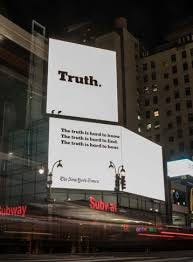
Brand Marketing Moves
There’s so much to love in the NYT’s campaigns, it’s hard to keep it short and sweet (but I’ll try).
The Truth is Hard Campaign (2017): The campaign kicked off with its first spot during the Oscars…and has lived rent-free in my head ever since. The placement of ads was on point—timed perfectly with trending news stories and placed strategically to capture relevant audiences. Plus, ads were pushed to users who hit the paywall after their fifth free article, turning curious readers into paying subscribers. 💸 Results: The first quarter of 2017 became the NYT best quarter ever for subscriber growth, and in the second quarter, passed 2 million digital only subscribers, a first for any news organization. 💥
The Truth is Worth It Campaign (2018): This iteration focused on the pillars of journalism—Perseverance, Witnessing, Rigor, Fearlessness. They’re beautiful. 🎯
Life Needs Truth Campaign (2020). With the world in chaos and a ‘post-truth’ era unfolding, this campaign showed why we need truth now more than ever. I’m totally obsessed with the creative treatment of this campaign, which used headlines from NYT stories, paired with jazz music and the sound of typing, creating a journalistic ASMR effect that made the news feel personal and vital. This campaign is one of my favourites (I know I say that about all these campaigns). They’re a collage of headlines and photographs from the times, telling the macro story of what all the reporting the Times does actually means.
The Truth Takes a Journalist Campaign (2021): This campaign highlights some of the 1700+ New York Times journalists that make the publication possible. For the first time, the Times ran ads on TikTok, which is where I saw it for the first time.
Life Needs Truth Campaign (2023): Directed by Kim Gehrig, this campaign is the first to fully support the NYT’s “essential subscription” strategy, and celebrates how NYT’s wide array of content (from Games to Cooking to The Athletic) helps expand people’s understanding of the world.
What can we learn from the New York Times?
So much, y’all. But again, I’ll keep it brief.
The importance of business strategy: Heidi Hackemer wrote about this recently. Understanding business will make you a better brand strategist. The NYT tackled its business strategy first, then its brand strategy. This is the correct order of operations.
Long-term commitment pays off: One of the biggest mistakes businesses make it tossing a brand platform out because they haven’t committed to it properly. The NYT’s Truth platform is still in use today. Branding is not a one-off effort—it’s a long-term commitment: and great platforms offer lots of ways in for a brand.
Execution is everything: From brilliant creative execution to working hand-in-glove with media agencies to ensure that your brand gets in front of the right people at the right time, a beautiful brand platform doesn’t matter if you can’t execute well. Hiring agencies (shoutout Droga5), partnering with world-class talent (like Kim Gherig) and investing properly into execution will increase your chances of success, massively.
What’s your take? Are you a NYT subscriber? Have you seen these ads? That’s all from me today—happy weekend!
Hot jobs 👀
The jobs that caught my eye this week ✨
[In-house] Pokemon is hiring a Senior Brand Marketing Manager.
[In-house] Dropbox is hiring a Director of Brand Campaigns & Partnerships.
Brand news 🗞️
The work that caught my eye this week 🎨
Obsessed with this black and white photo from Finisterre’s new campaign.
“Be a Builder” new brand work out for Twilio.
Amazon work by Koto out this week.
This post from the CEO of POW (Protect Our Winters) about being proud of Harvard taking a bold stance against Trump. Pride is a sign of brand.
Call me, beep me 📞
🗒️ Want more stories like this? Subscribe to the newsletter.
👋 Let’s stay in touch—connect with me on LinkedIn.
👩💻 Got a bold brand to build? Book a chat.
🤝 Want to team up? Partner with The Case.





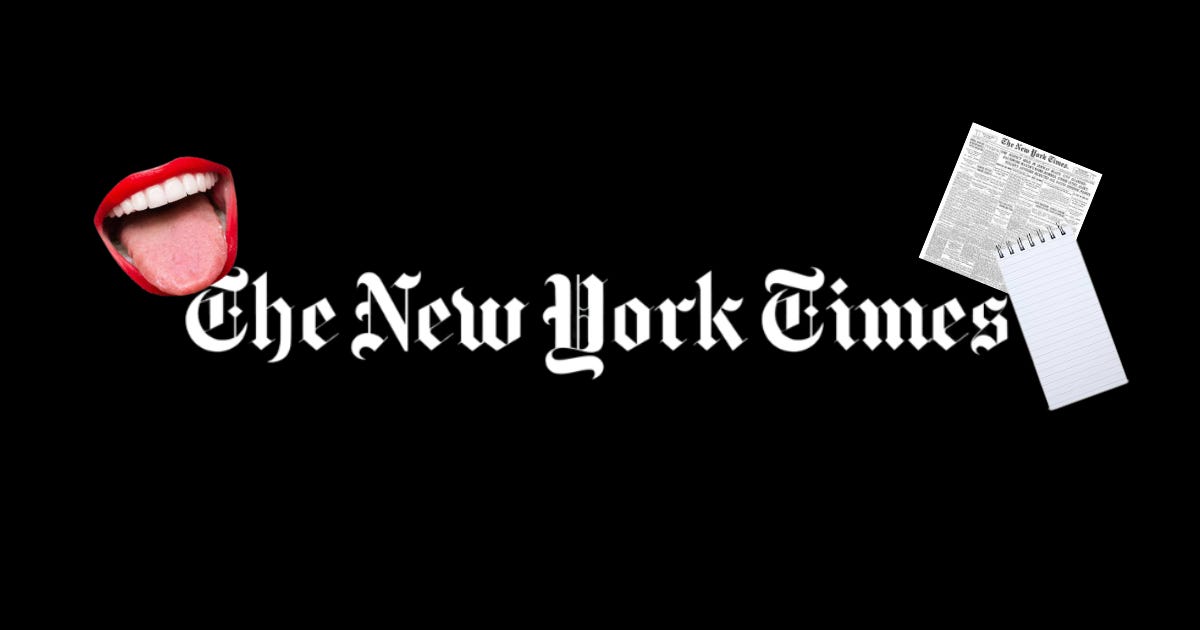

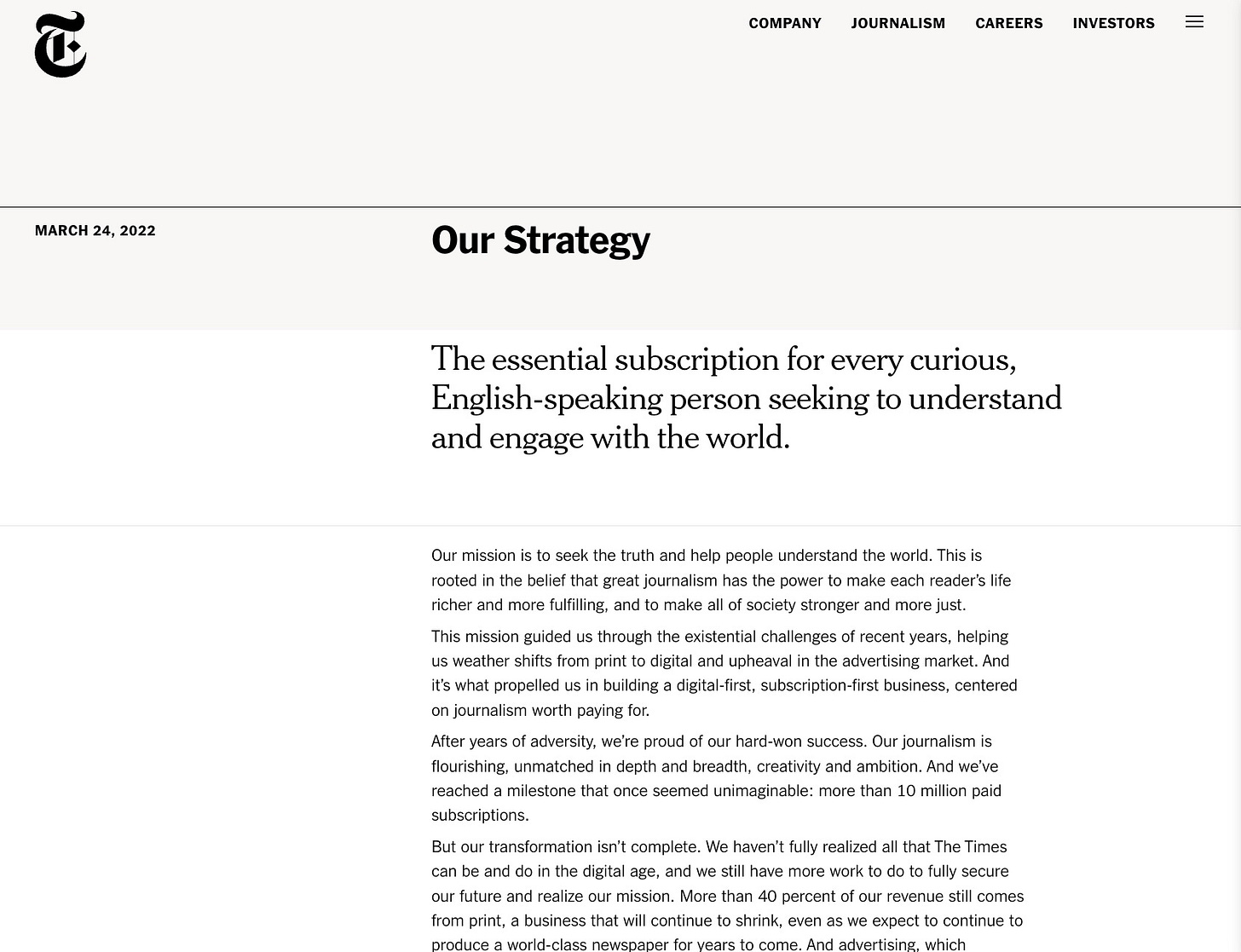
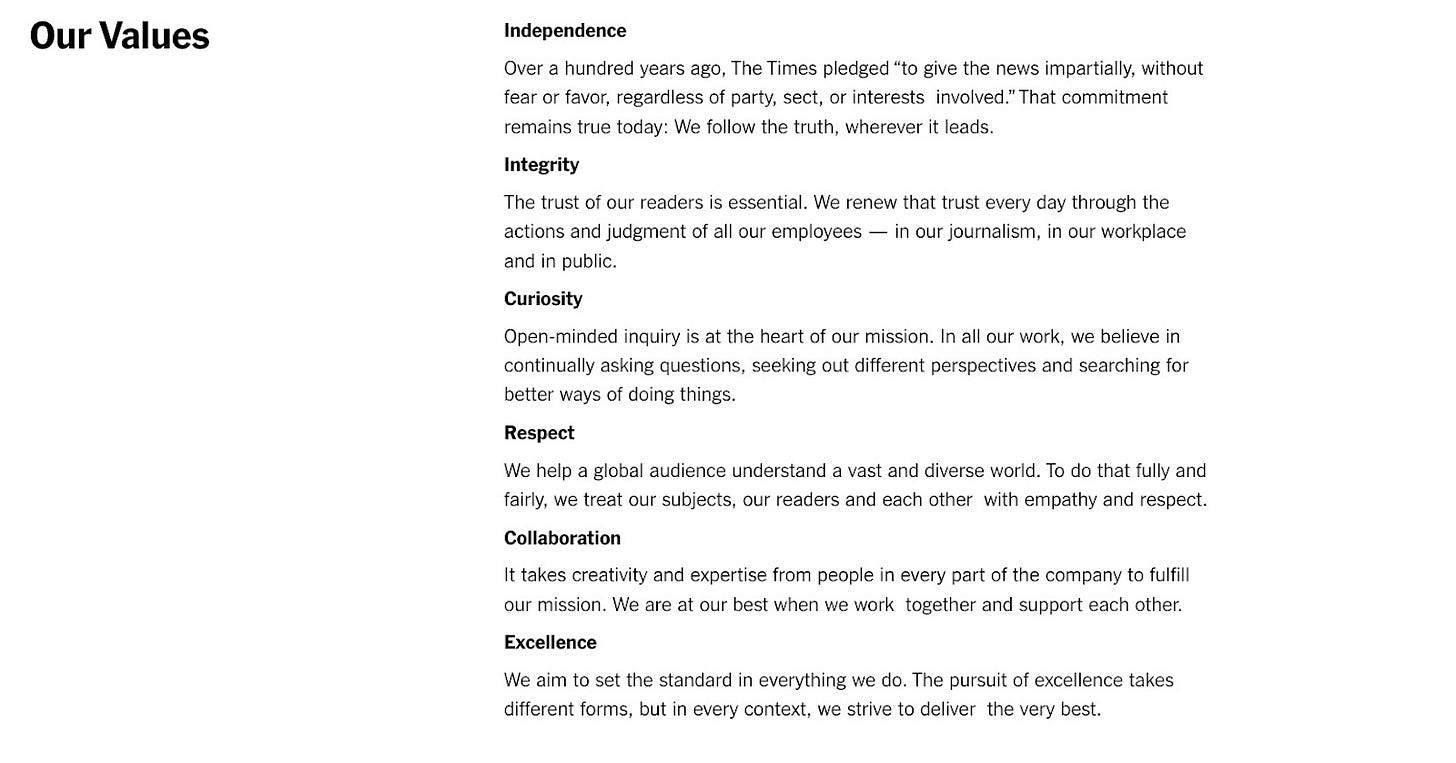
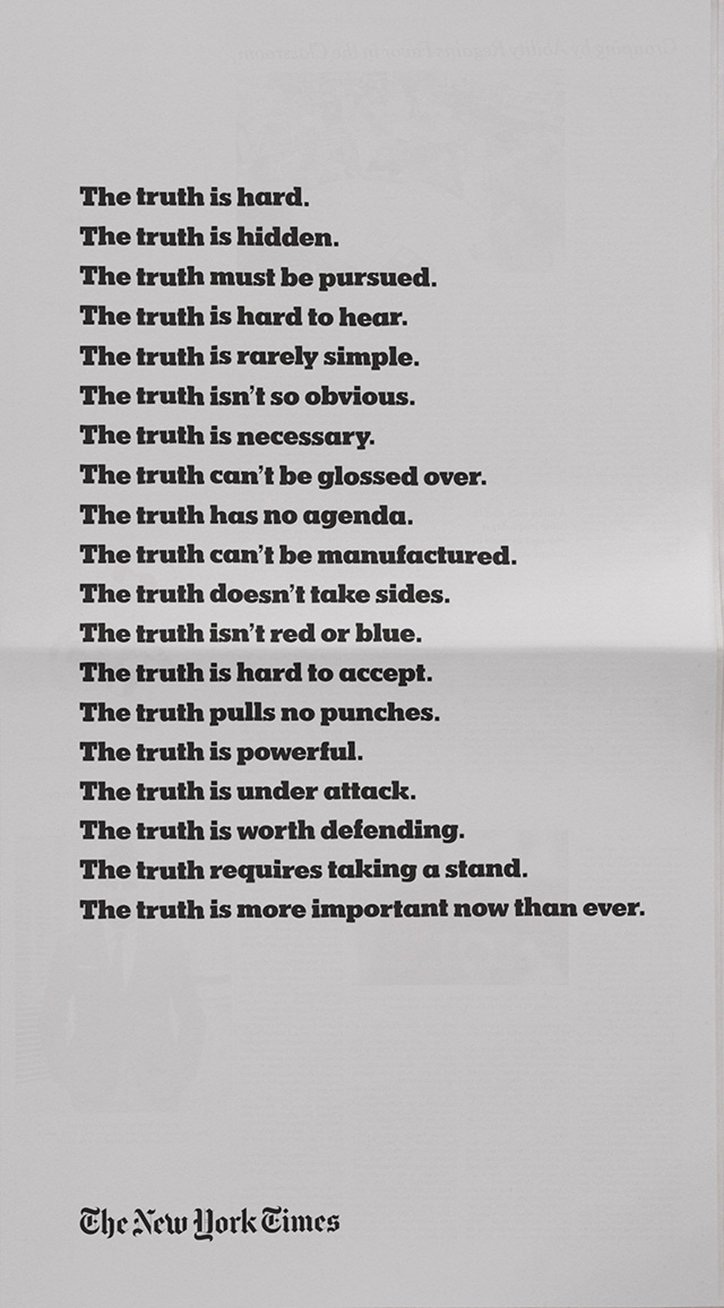
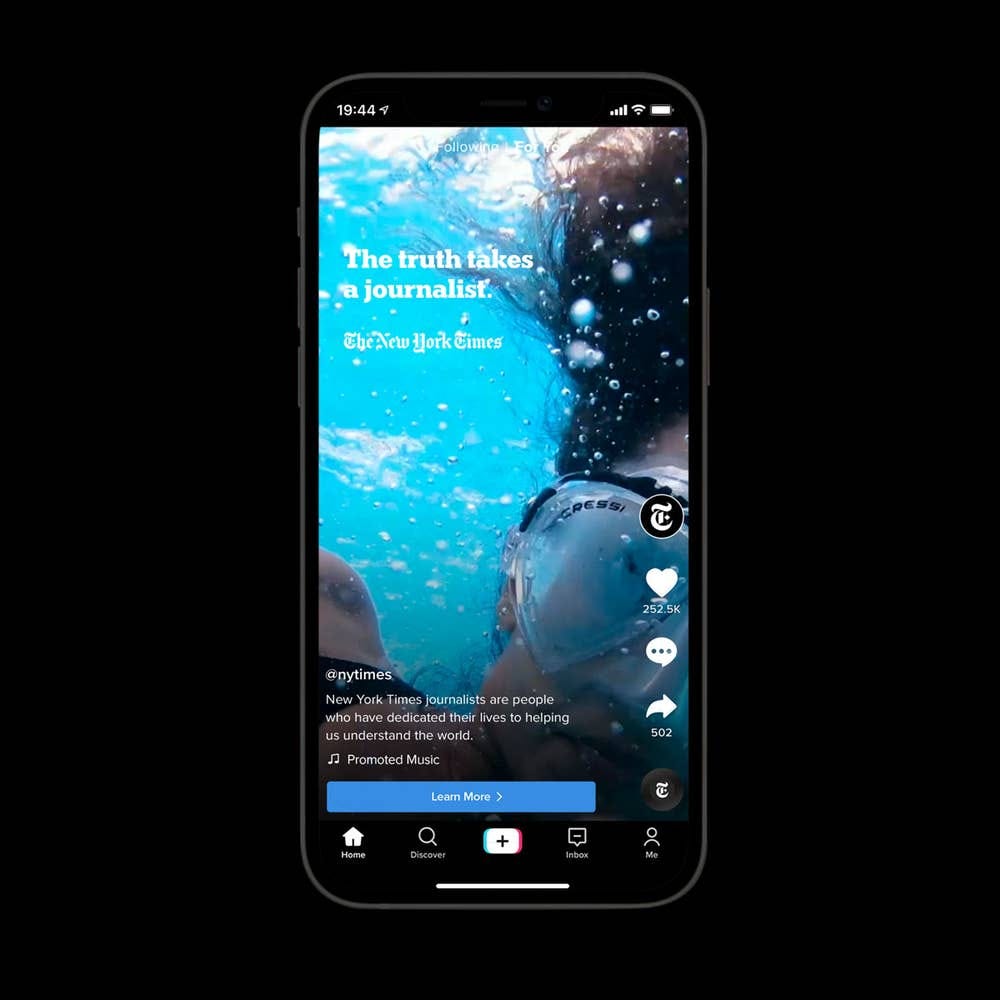

Loved this piece - something that really stood out to me is that the NYT hasn’t been afraid to be repetitive with their messaging/campaigns too often I notice internal teams get bored and think that a refresh is needed instead of realizing the value of doubling down in messaging. 📝💫